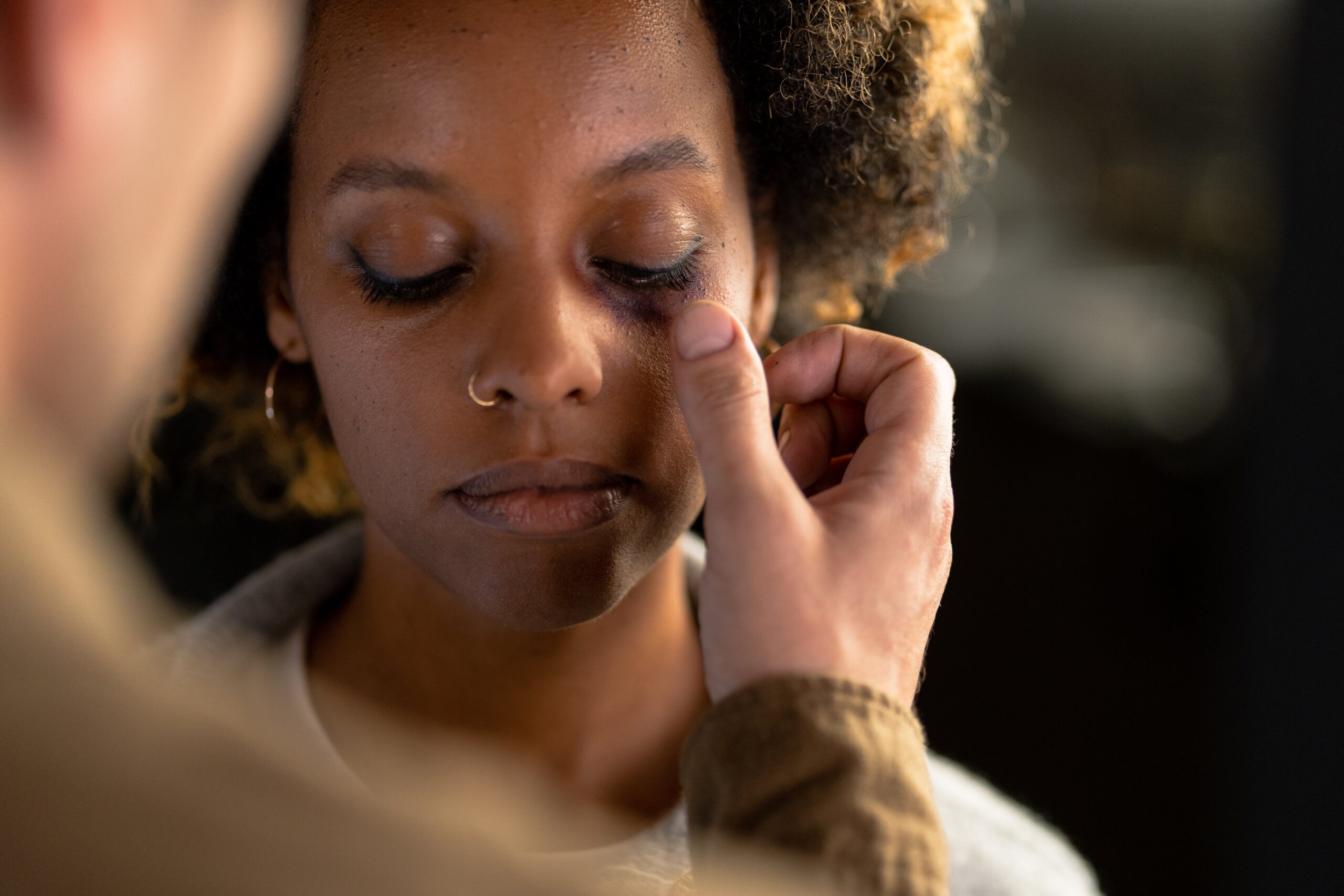If you’ve been paying attention to the news cycle, you’re likely spent. In addition to the human atrocities taking place internationally, in America there have been more than a few stories of women who have had to endure emotional, psychological and physical violence in their romantic relationships. As tragic as these stories read, they are tragically common. According to the National Coalition Against Domestic Violence, 1 in 3 women have experienced some form of physical violence from an intimate partner. This doesn’t even account for the level of incidents that go unreported and untreated. The prevalence of this type of violence means that there are certain patterns that show up in violent individuals. But the signs are subtle and small initially. They can be easy to dismiss when you’re in love or trying to make a relationship work. Here are some early signs of abuse in relationships.
Lovebombing
Lovebombing is described as someone exhibiting extreme signs of affection and attention. But I like to think of it as doing too much, too soon. This too soon can be too soon in the beginning of the relationship, or too soon after you’ve had a falling out. The tactic of showering you with gifts, time, attention is all a tactic to manipulate you later. When the relationship has soured and become abusive, you’ll reflect back to the good ole days when you had a doting, loving partner.
Control
Controlling behavior can manifest itself in a lot of ways. And perhaps many women are willing to let it slide because they believe it represents a sort of protection from male partners specifically. But someone dictating how they want you to wear your hair, how they want you to dress and which people they want you to associate with is a form of control. These requests or demands over time can leave the other partner feeling isolated from family and friends and struggling to connect to the person they once were.
A Test
Few abusive relationships begin with harsh words or physical blows. Instead, there are small steps along the way where the abuser moves gradually to see what they can get away with. An example of a test before things go from bad to worse is a demeaning comment, name-calling, Another example is throwing or breaking objects of meaning or value. The eventual abuser will blame it on the heat of the moment. But it is a sign of unregulated anger. And there’s a possibility that it might show up again in more severe ways.
Giving Up Your Sexual Pleasure for Theirs
It’s no secret that women in heterosexual relationships are not receiving the pleasure they deserve in the bedroom. There’s an entire orgasm gap. This can be addressed with clear communication and more listening from male partners. It’s unfair and perhaps reflects a bit of selfishness. But it’s not an early sign of abusive behavior. Instead, a sign would be a partner asking you to perform a specific sexual task that makes you uncomfortable. Even if you express your discomfort, displeasure, or outright distaste, they coerce you into doing it anyway. Whether you eventually agree to keep the peace or you were forcefully made to do something, this is abuse. Sadly, it’s often an indicator of more bad behavior to come.
Their Conversation about Other Women
People who abuse women usually have a particular belief set. Some are more clandestine with it but others display their outright disgust for the fairer sex openly and proudly. They may opine about traditional, gender roles in relationships. They have excuses for other abusers or find fault when women speak the truth of their experiences. If a romantic prospect goes on and on about how all of their exes were crazy, that’s a red flag. Many women may take this type of rhetoric to mean that they are special or set apart. But in reality, the moment you do something you partner finds displeasing, you’ll be on the receiving end of that vitriol as well.
